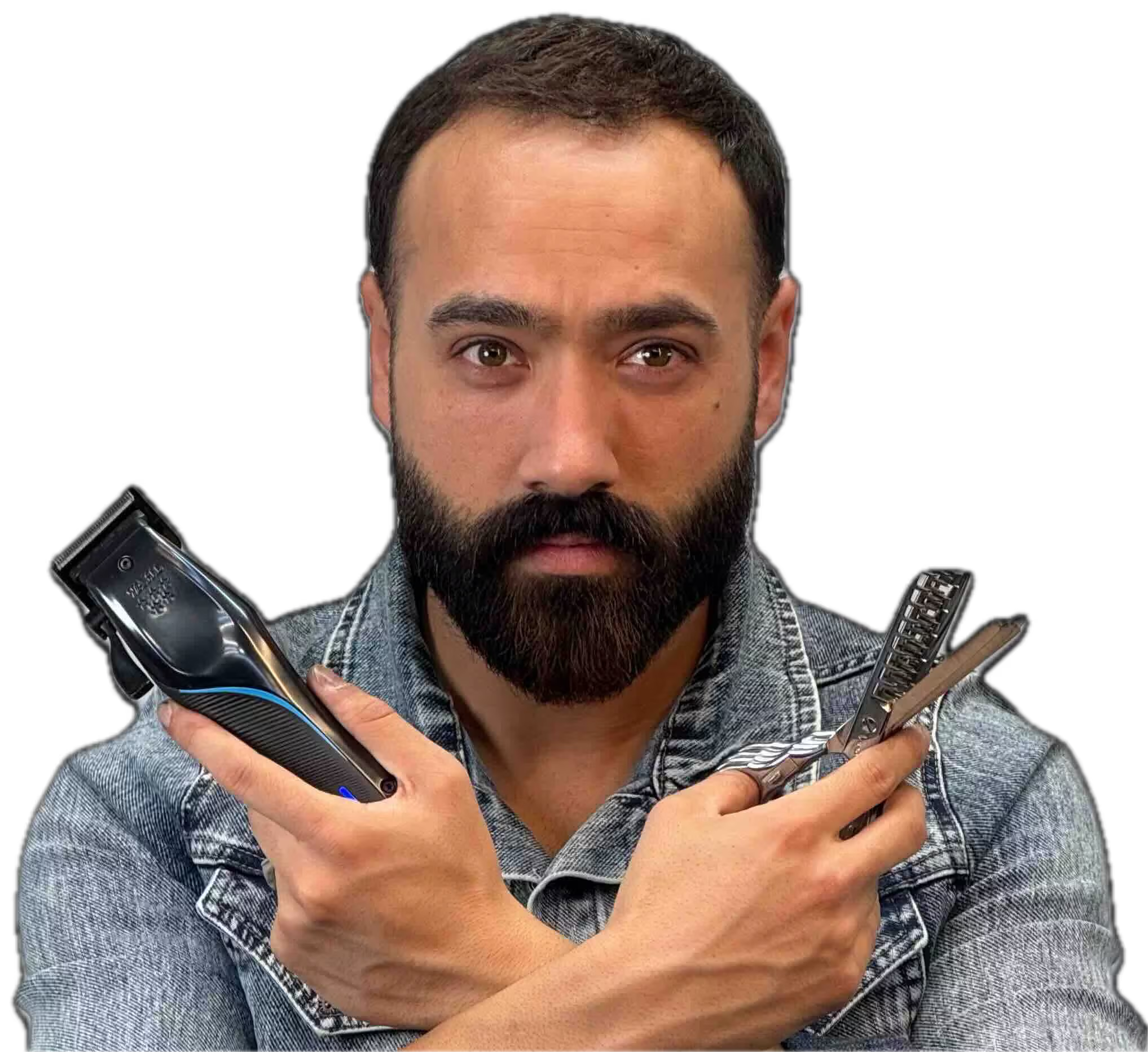Head Lice: Symptoms, Causes, and the Best Treatments for Head Lice

Arman Karagah
Introduction to Head Lice and Their Life Cycle
Head lice are small, wingless insects that live on the human scalp and feed on blood. They can affect people of all ages, but they’re most common among school-aged children. The life cycle of a head louse has three stages: egg (nit), nymph, and adult. The eggs attach firmly to the hair shaft and typically hatch within 7–10 days.

What Are Head Lice and How Do They Live?
An adult head louse measures about 2–3 millimeters long and ranges in color from white to grayish-brown. Female lice lay several eggs each day, gluing them to the base of hair strands. Contrary to popular belief, lice cannot jump or fly — they move only by crawling and are transmitted through direct head-to-head contact.
Difference Between Head Lice, Body Lice, and Pubic Lice
Each type of louse prefers a specific habitat. Body lice live and lay eggs on clothing, while pubic lice live in coarse hair around the genitals. Head lice are found only on the scalp.
Symptoms of Head Lice
Itching and Skin Irritation
The most common symptom of head lice is persistent itching of the scalp, caused by an allergic reaction to louse saliva. In some cases, scratching may lead to small sores or inflammation.
How to Identify Head Lice in Children
In children, lice often cluster around the back of the neck and behind the ears. Parents can use a fine-toothed comb to check for live lice or tiny white eggs attached to hair strands.
Causes and Transmission of Head Lice
Direct Contact and Shared Personal Items
Head lice spread mainly through direct contact with an infested person. Sharing personal items like combs, hats, scarves, pillows, or even headphones can also lead to transmission.
Can Pets Spread Head Lice?
No. Head lice only affect humans and cannot live on pets. Therefore, your household animals are not a source of infestation.
Home and Natural Remedies for Head Lice
Treating Lice with Vinegar and Olive Oil
One traditional home remedy involves using a mixture of vinegar and olive oil. Vinegar helps loosen the glue that attaches eggs to hair, while olive oil suffocates adult lice.
Using a Lice Comb Effectively
A lice comb should have tightly spaced metal teeth. After each combing session, wash the comb thoroughly with hot, soapy water to prevent reinfestation.
Is Coconut Oil an Effective Lice Treatment?
Some studies suggest that coconut oil may be a safe and natural method to help remove lice, as its oily texture restricts lice movement and suffocates them.
Medical Treatments for Head Lice
Effective Anti-Lice Shampoos and How to Use Them
Pharmacies offer various over-the-counter and prescription shampoos, such as those containing permethrin or malathion. Follow the product instructions carefully and repeat the treatment after 7 days to break the lice life cycle.
When to See a Doctor
If symptoms persist after two treatments or if the scalp becomes inflamed or infected, consult a doctor. They may prescribe stronger medication or confirm that the infestation has cleared.
Preventing Reinfestation
Personal Hygiene and Cleaning Habits
Wash clothing, bedding, and pillowcases in hot water. Disinfect combs, brushes, and hair accessories by soaking them in boiling water for at least 10 minutes.
The Role of Family in Prevention
All family members should be checked for lice, even if only one person shows symptoms. Treating everyone at once prevents lice from spreading again.
Common Myths About Head Lice
Is Having Lice a Sign of Poor Hygiene?
A widespread myth is that lice infest people with poor hygiene. In reality, lice are not attracted to dirt — they simply need human blood to survive. They can live in clean or dirty hair alike. Having lice doesn’t mean you’re unclean; it only means you’ve had close contact with an infested person.
Does Cutting Hair Get Rid of Lice?
Short hair can make it easier to spot and comb out lice, but cutting hair alone won’t eliminate them. Lice can still lay eggs on short hair strands.
Can Hair Dye or Chemical Products Kill Lice?
Some believe that hair dye or bleach can kill lice, but these products are rarely effective and can irritate the scalp. It’s best to use approved medical or natural treatments instead.
Frequently Asked Questions About Head Lice Treatment
How Long Do they Live?
Adult lice live about 30 days on the scalp. Once removed from the host, they die within 2–3 days. Eggs (nits) can survive for up to 10 days at room temperature.
Do Lice Die in Water?
No. Lice can survive underwater for several hours by closing their breathing openings. Regular hair washing alone won’t kill them — a proper treatment is required.
How Long Does It Take to Get Rid of Head Lice?
It usually takes 7–14 days to eliminate lice completely. Two treatment sessions are recommended to ensure newly hatched lice are also killed. Daily combing with a fine-toothed lice comb is essential.
Can Head Lice Cause Other Diseases?
Fortunately, head lice don’t transmit serious diseases. However, constant scratching can cause open sores, leading to bacterial infections. If inflammation occurs, seek medical attention.
Can a Hair Dryer or Straightener Kill Lice?
Heat can kill some lice, but it’s not a reliable method. The eggs (nits) are highly resistant, and the typical heat from a dryer or flat iron isn’t enough to destroy them completely.
Is Alcohol Effective Against Lice?
Rubbing alcohol may kill some lice, but applying it directly to the scalp can cause irritation or burns. It’s not recommended as a safe treatment option.
Final Thoughts and Recommendations
Head lice are common but treatable. To get rid of them completely, consistency and proper hygiene are key:
-
Follow treatments carefully: Use anti-lice shampoos exactly as directed and repeat after one week.
-
Check all family members: Everyone should be examined to prevent re-infestation.
-
Disinfect personal items: Wash combs, scarves, hats, and pillowcases in hot water.
-
Comb thoroughly: Use a fine-toothed lice comb daily until no lice or eggs remain.
-
Avoid unsafe methods: Stay away from harsh chemicals or unverified home remedies.
By following these steps, you can eliminate head lice completely and reduce the risk of them returning.

